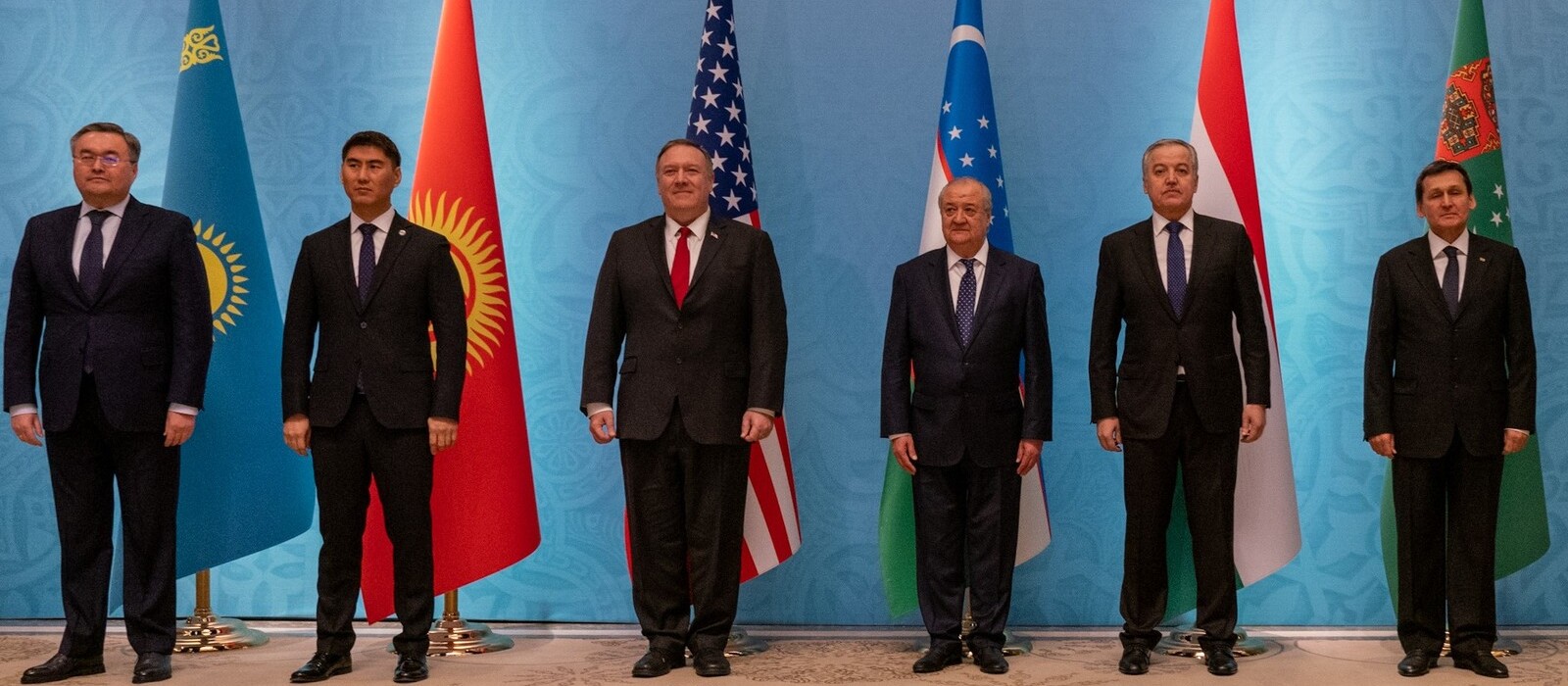This policy brief, by Dr Eric McGlinchey of George Mason University, offers a succinct critical appraisal of the US engagement with Central Asia over the past thirty years. The full version of the policy brief is available in English and Russian.
Since the collapse of the Soviet Union, Washington has extended over $14.3 billion in aid to Central Asia. The vast majority of this support has targeted government, civil society, and economic assistance. To contextualize US foreign assistance, consider the amount of aid Washington has extended to Kyrgyzstan and Nicaragua, two countries with similarly-sized populations and economies. Between 1992 and 2018 Kyrgyzstan received $3.25 billion in US aid. Nicaragua received $3.56 billion. This near-parity in support is striking. Relations with geographically proximate Nicaragua have proven an enduring foreign policy concern for US administrations since the early 20th century. Kyrgyzstan, in contrast, is geographically distant from the US and, prior to 1991, was unknown to most Washington policy makers. After nearly three decades of attention Washington’s interest in Kyrgyzstan and in Central Asia is waning, a development, I argue, that may be a good thing.
To attribute the US retreat from the region to President Trump’s inward focus would be a mistake. Washington had lost its way in Central Asia long before Trump was elected to office. Whereas in the 1990s Clinton pursued democratization and in the 2000s Bush emphasized security, the Obama administration’s well-intentioned policy of promoting human rights alienated as much as it attracted Central Asian support. This policy failure was not the product of Central Asian antipathy for political and civil freedoms, but rather, as I illustrate in the case of Kyrgyzstan, the result of US messaging that failed to consider political and cultural sensitivities at the local level. This brief reflects on 30 years of US foreign policy toward Central Asia. In so doing I find that Trump’s isolationism, paradoxically, may be a boon for US diplomats and aid workers who, in contrast to their America-focused counterparts in the presidential administration, are well-positioned to craft contextually-sensitive assistance programs in Central Asia.
Download in English Скачать на русском
Eric McGlinchey is Associate Professor of Politics and Government in George Mason University’s Schar School of Policy and Government. McGlinchey received his PhD from Princeton University and is the author of Chaos, Violence, Dynasty: Politics and Islam in Central Asia (2011). He is Principal Investigator for the study, Russian, Chinese, Militant, and Ideologically Extremist Messaging Effects on United States Favorability Perceptions in Central Asia (Minerva Research Initiative, January 2017 – December 2019). McGlinchey has published widely in academic journals and the popular press and has contributed to multiple US government studies, including his 2007 USAID funded Study of Political Party Assistance in Eastern Europe and Eurasia.
The policy paper is produced as part of a project “Debating International Relations in Central Asia: Regional Developments and Extra-Regional Actors”. The project is led by Shairbek Dzhuraev and Eric McGlinchey with support of the Hollings Center for International Dialogue. The views expressed in this publication are those of the author and do not necessarily reflect the views of Crossroads Central Asia and/or the Hollings Center for International Dialogue.
The previous papers include:

